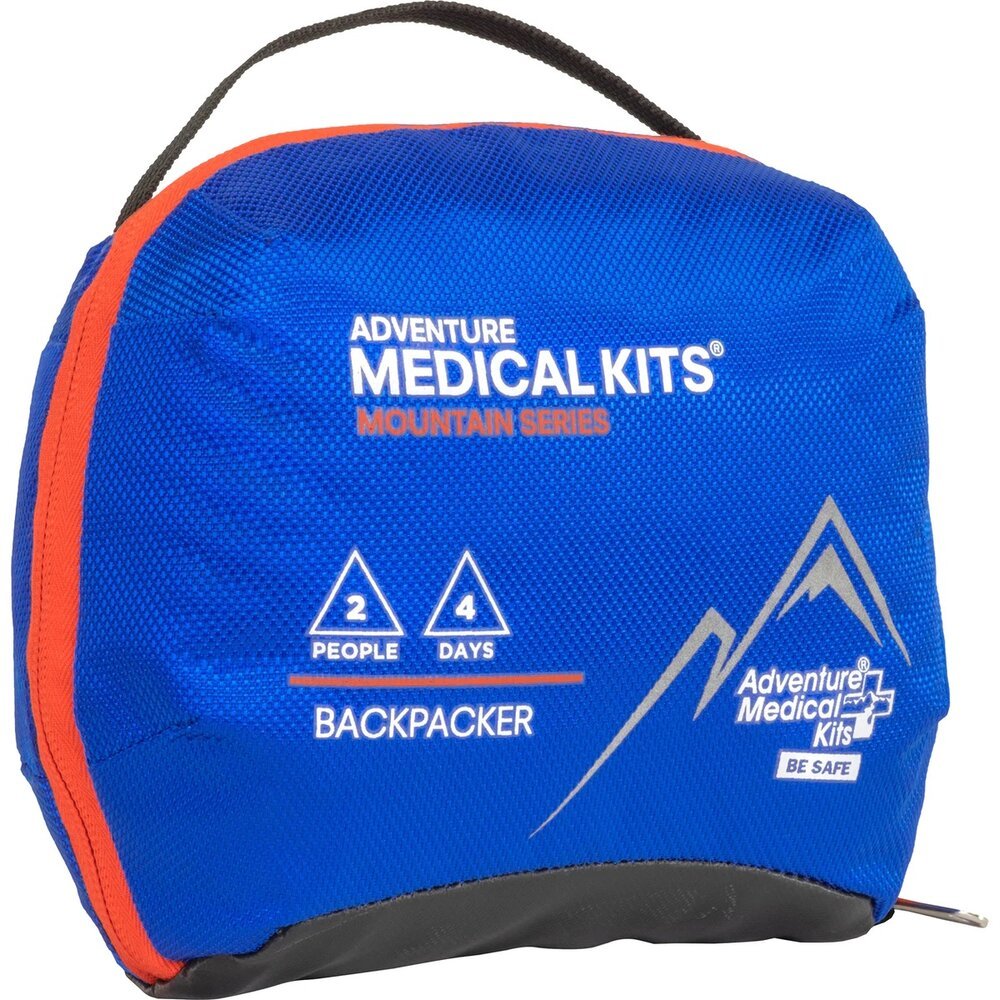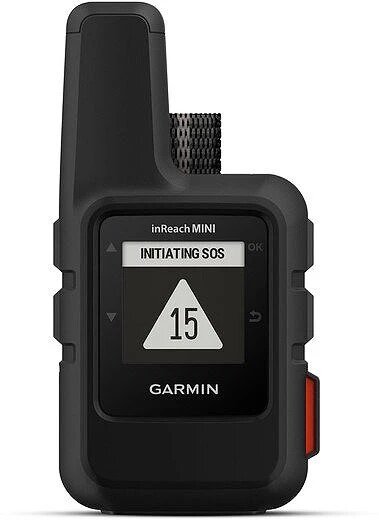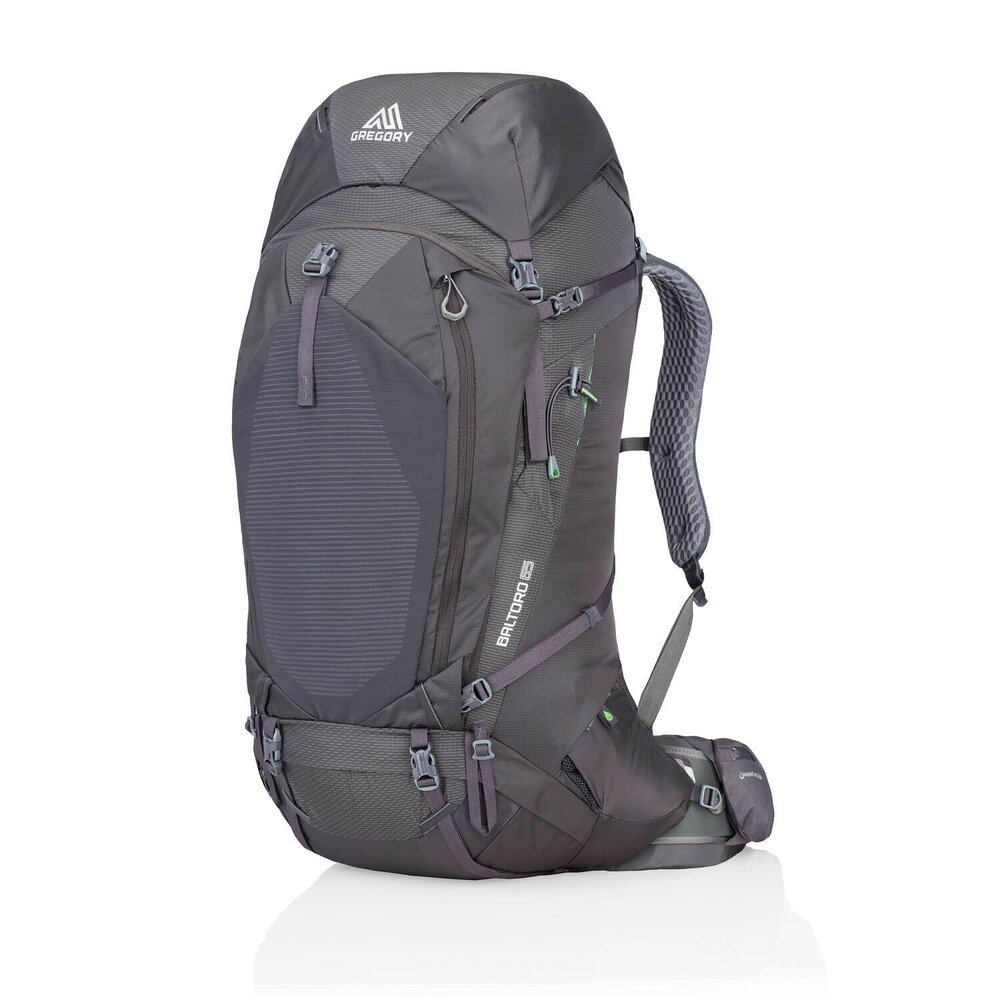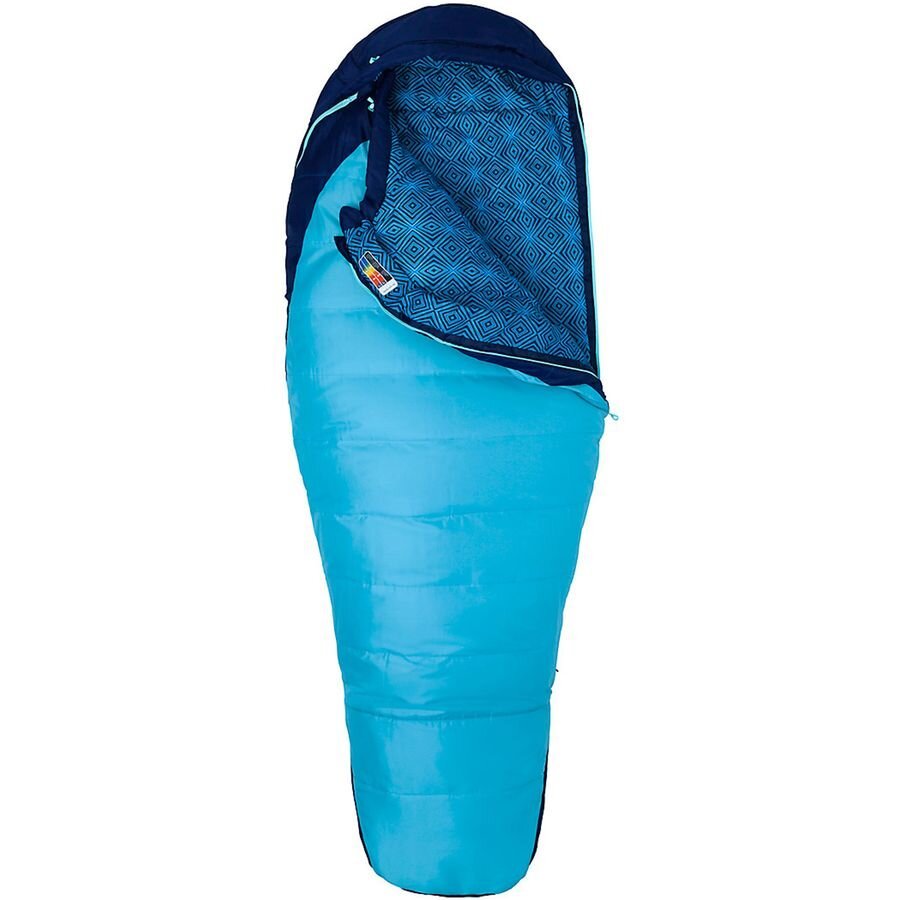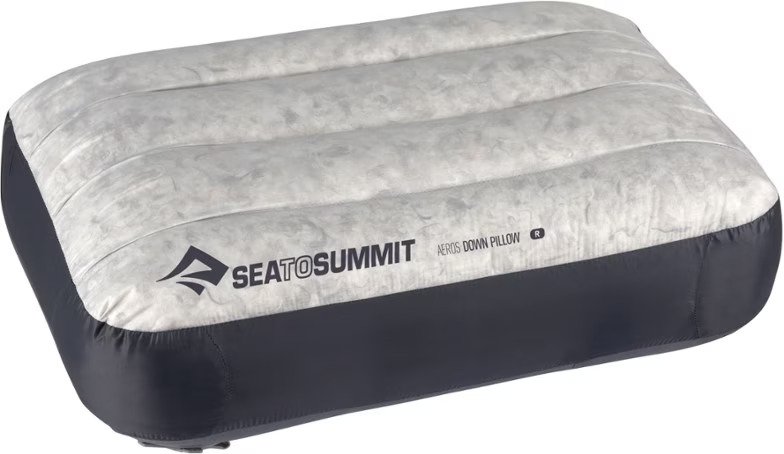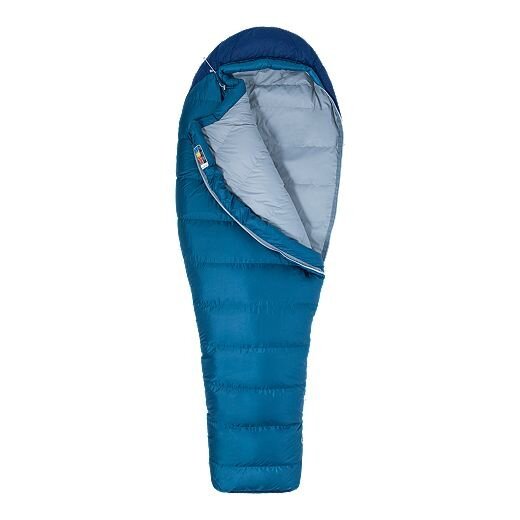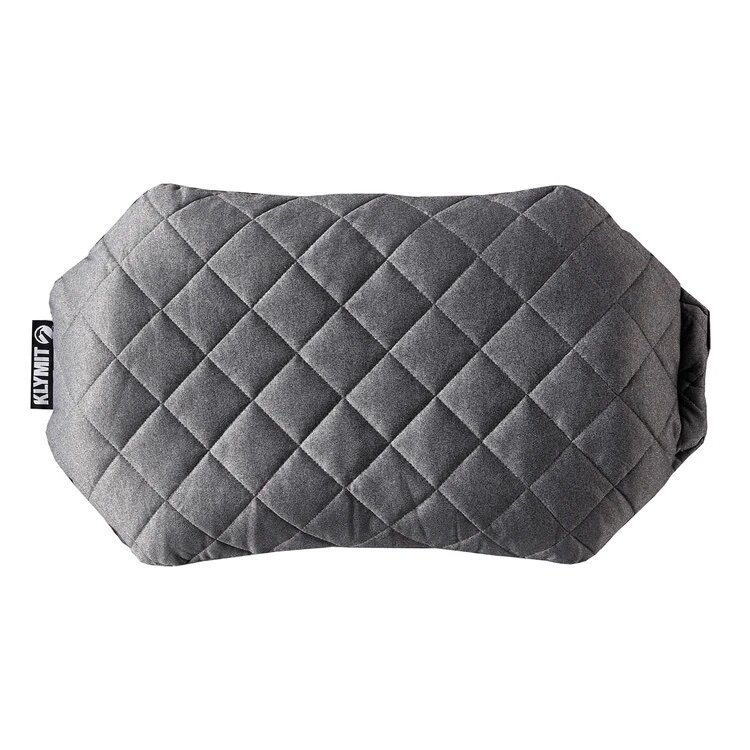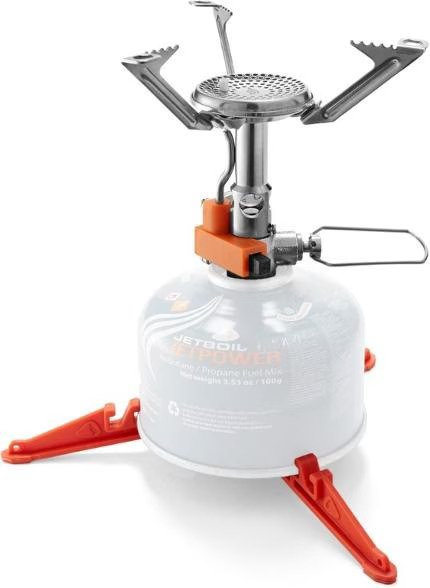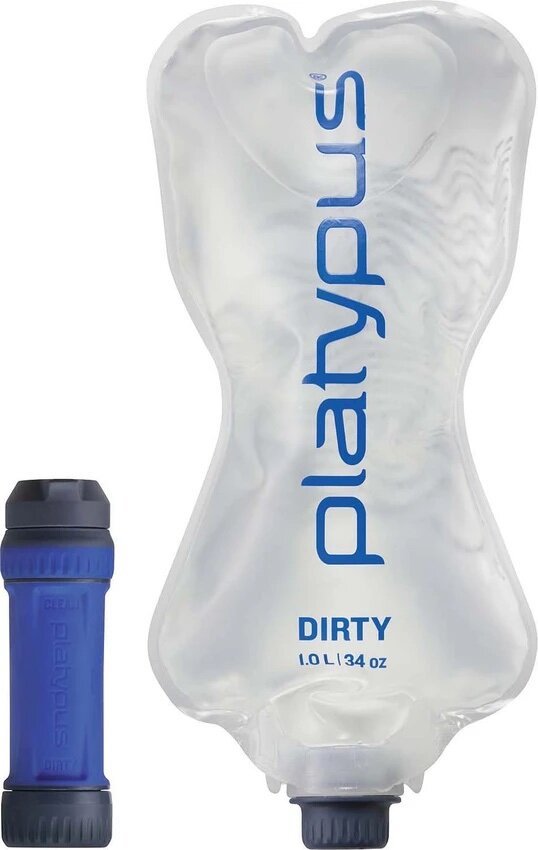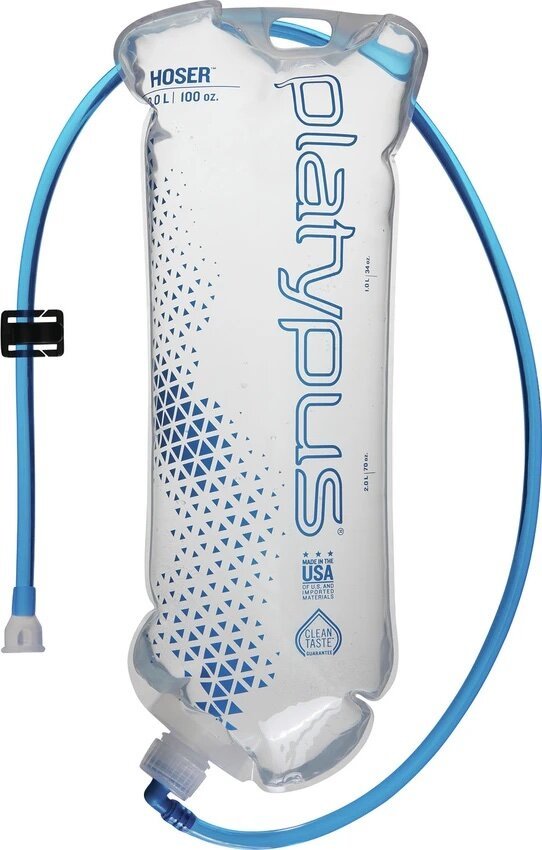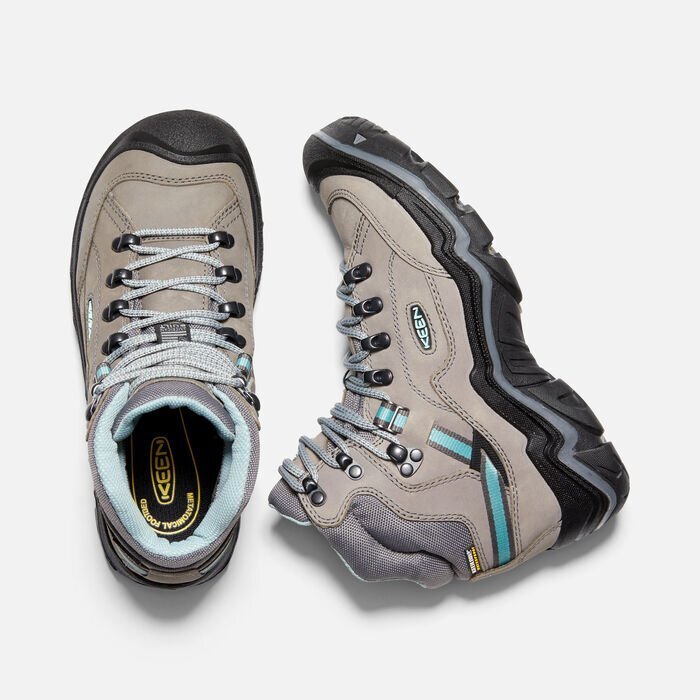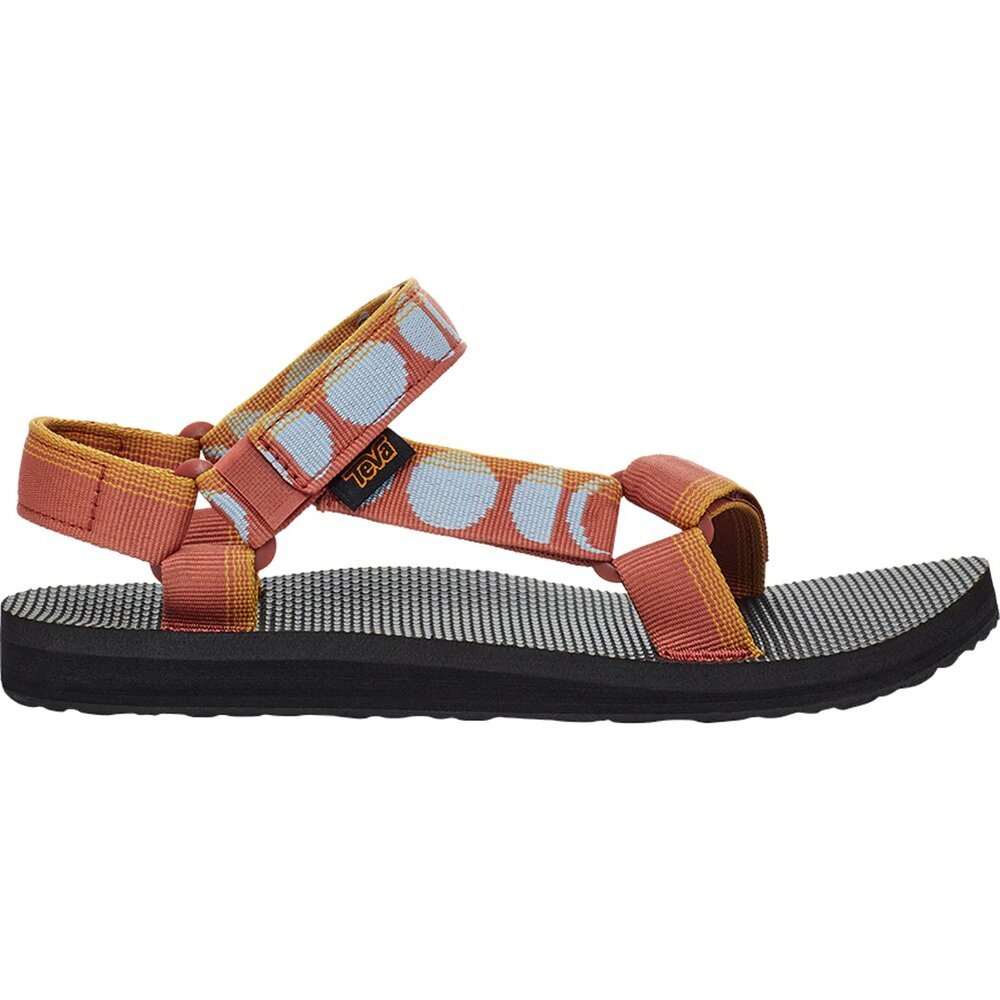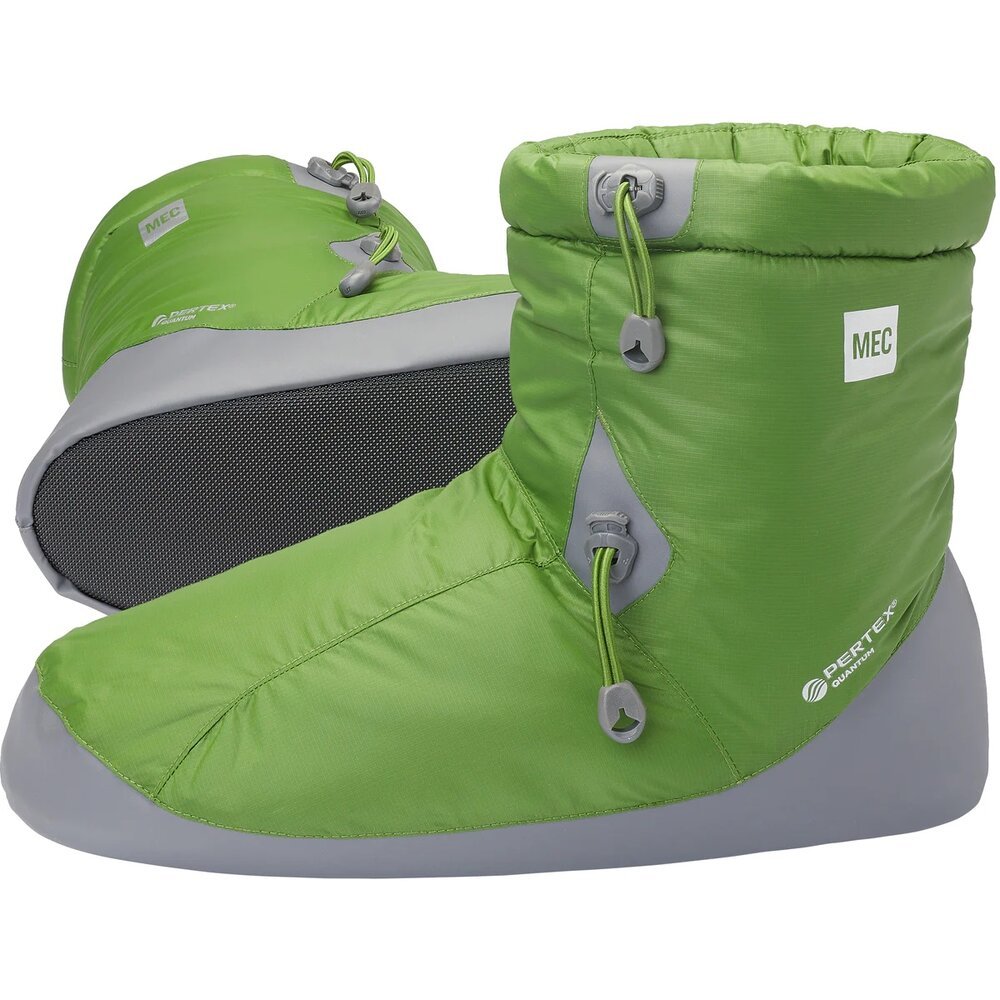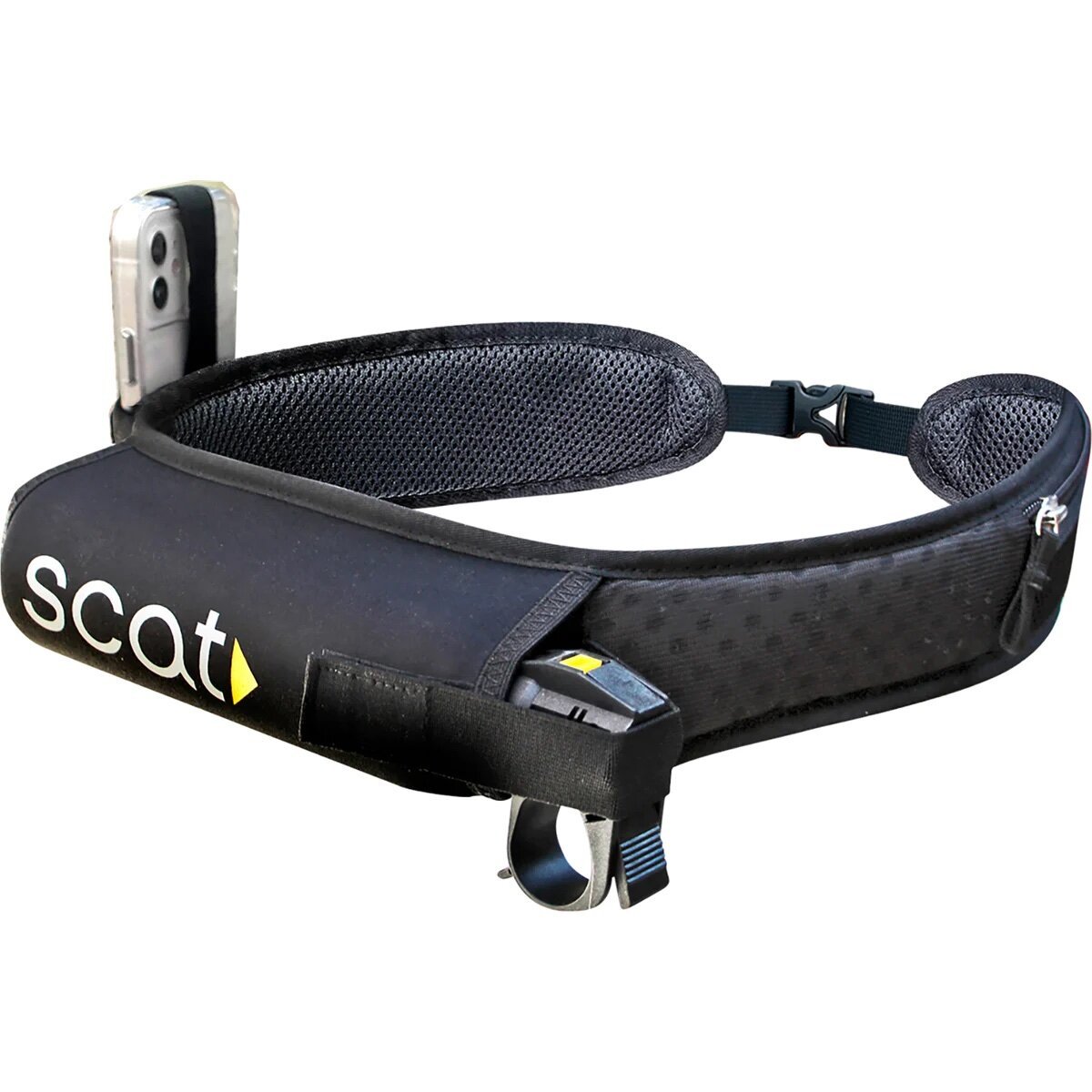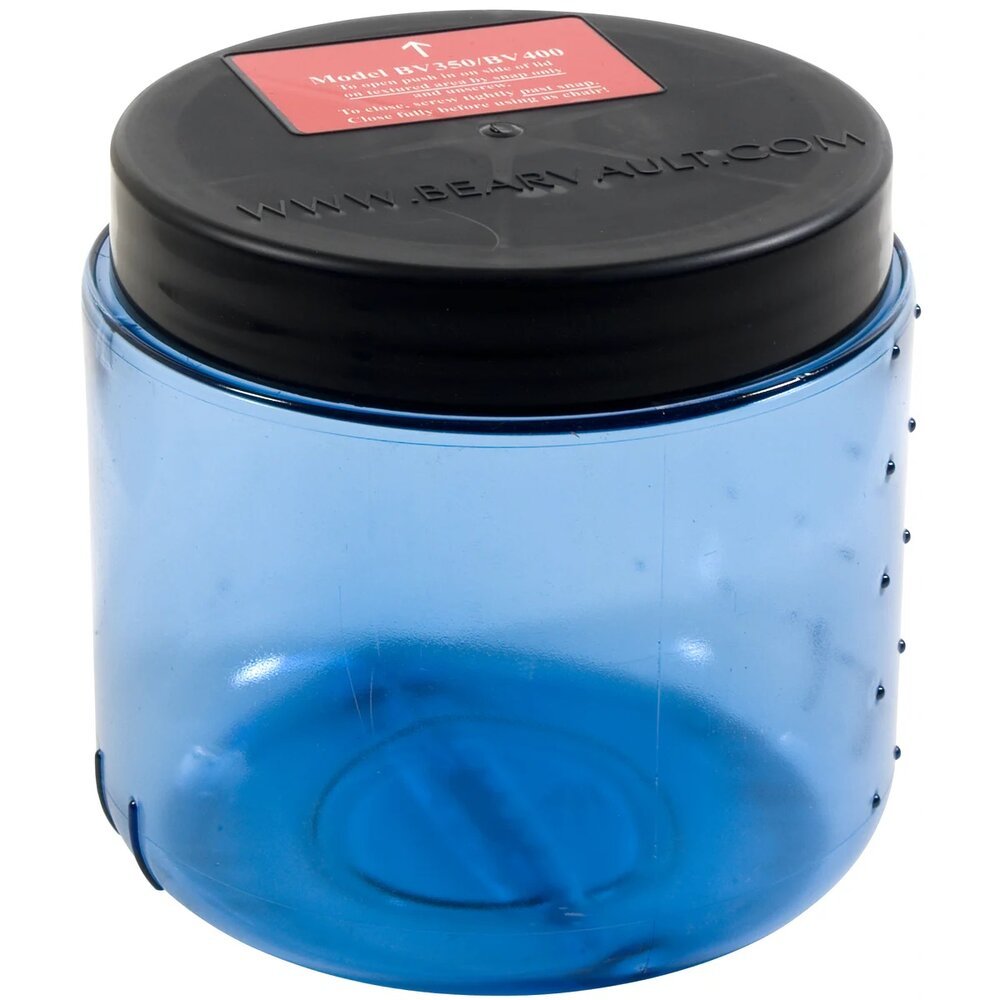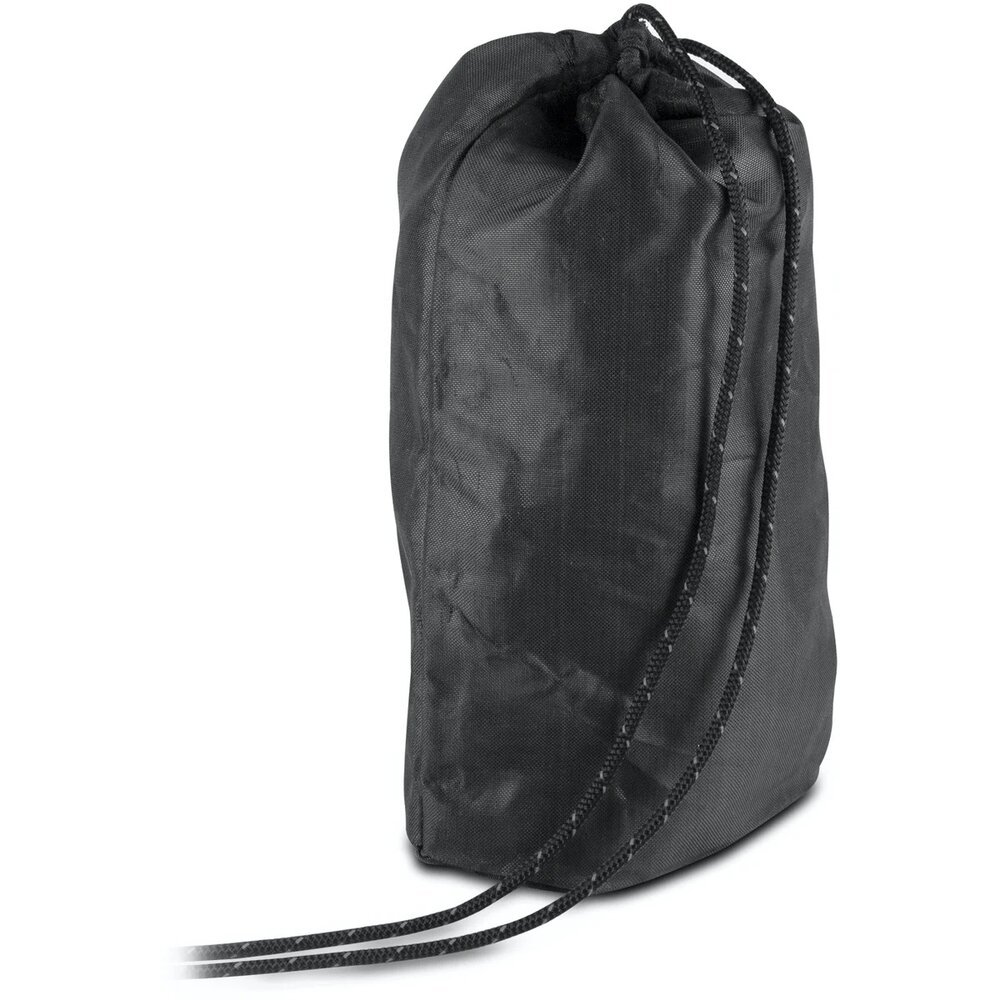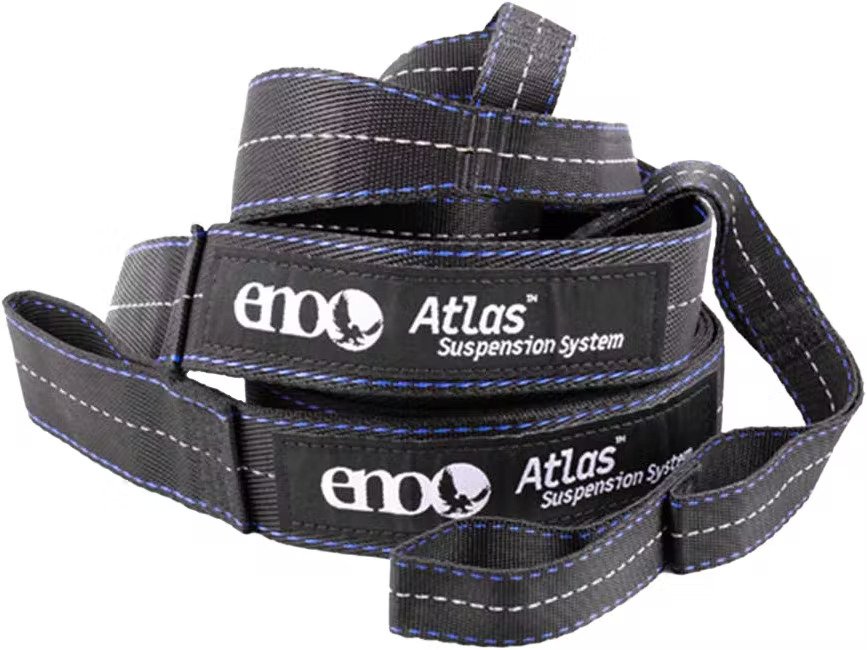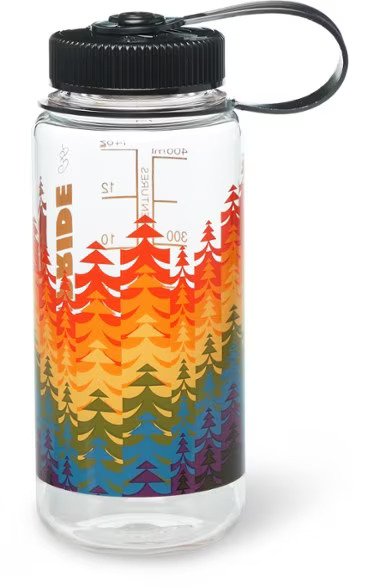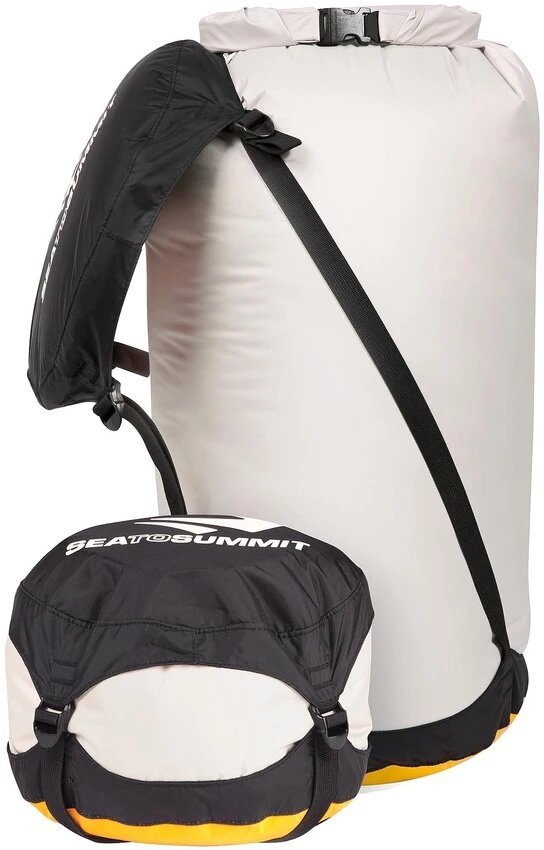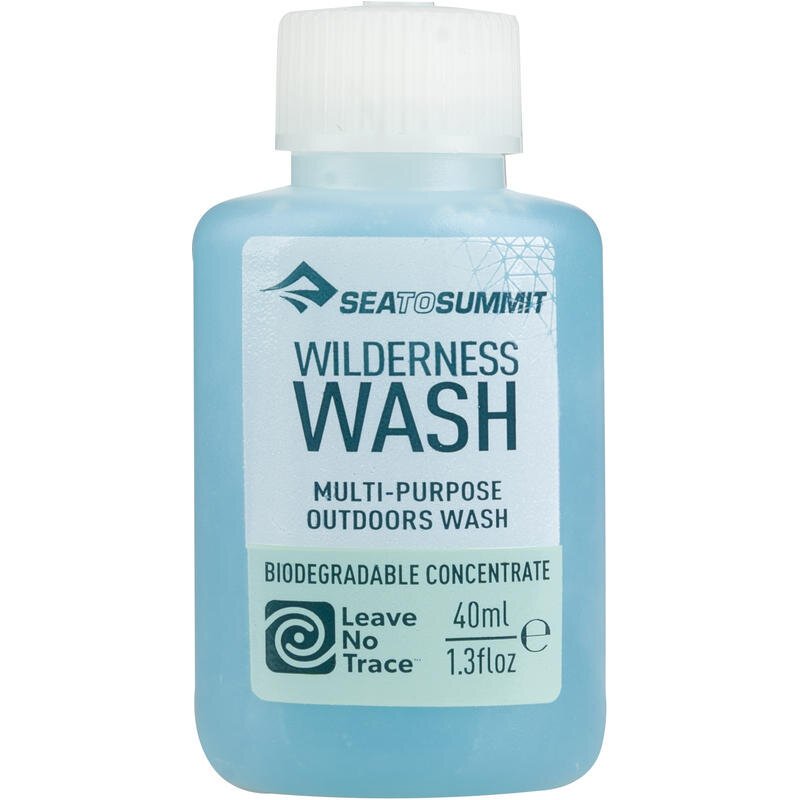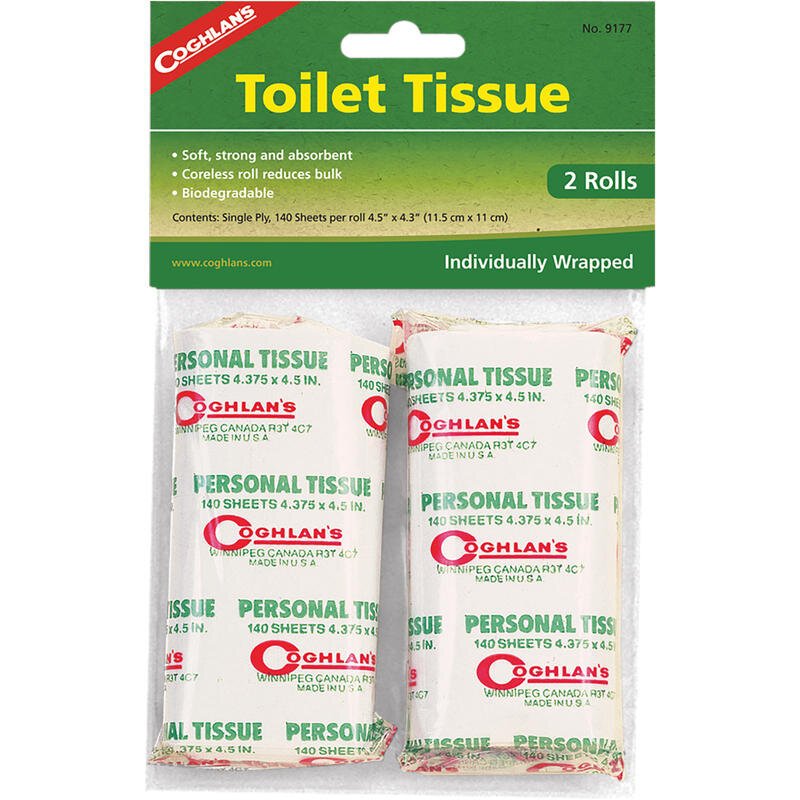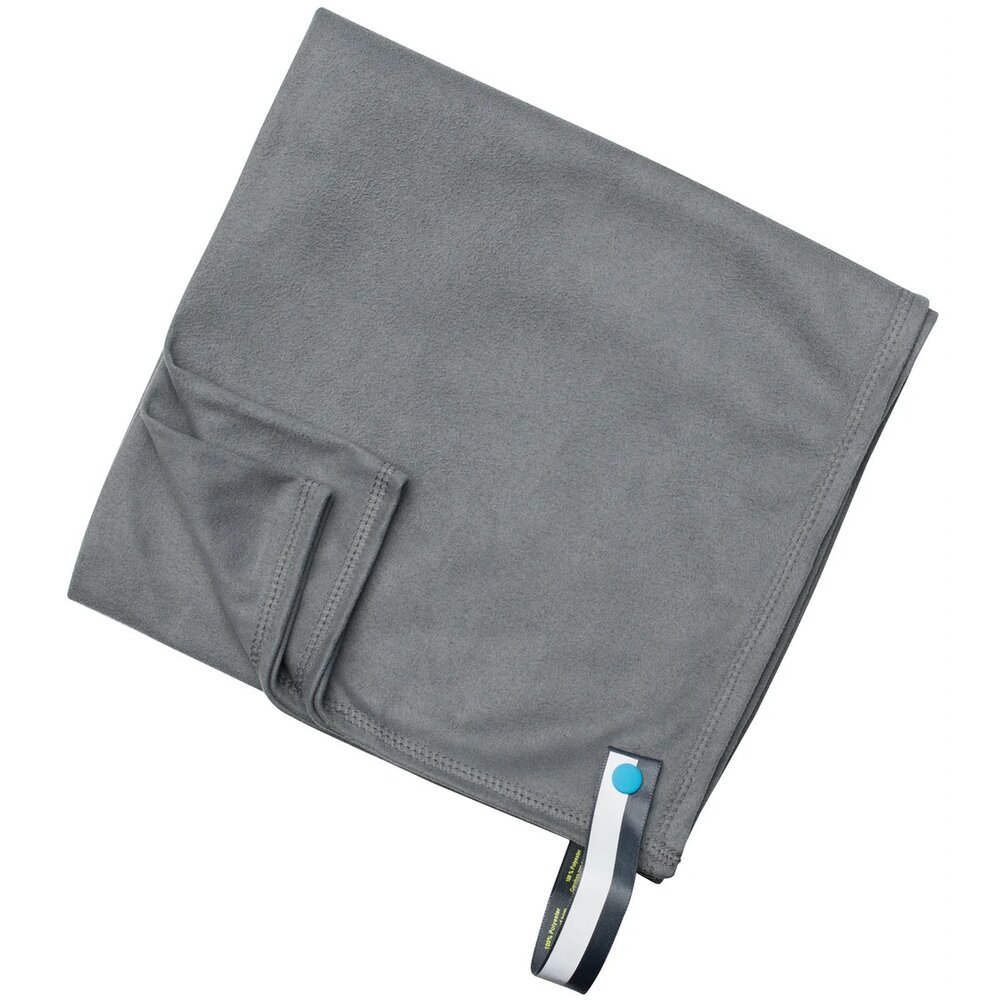The Ultimate Backcountry Gear List
Here is my ultimate backcountry gear guide so you can spend less time debating on what gear to buy, and spend more time being outdoors!
Packing for an overnight trip for the first time can be overwhelming, so I’m here to help as much as I can and make it easier for you. If you have any questions at all about anything, never hesitate to reach out! My biggest piece of advice is buy gear/brands that last. It may be a larger investment at first, but in the long-run, buying brands that last saves you money. Some of my favorite brands are MSR, Marmot, Arc’teryx, Osprey, Patagonia, SmartWool and Keen. Another piece of advice is when you’re starting out, look secondhand. Gear can get expensive, especially if you’re starting out, so if you can, buy secondhand from places like Marketplace/Buy & Sell Groups, REI Used, Local Consignment stores and other secondhand stores in your area. Always keep your eye out for deals like Friends & Family sales, or wait until holidays like Black Friday or Boxing Day to get your big ticket items.
The 10 Essentials
These 10 items should accompany you with every hike you go on, no matter how short or easy you may deem it to be. If anything were to happen, these items may help you in the event of an emergency
Navigation/Satellite Communicator (map, compass, altimeter, gps device etc)
Extra Food
Extra Water (or emergency purification tabs)
Extra Clothes
Backpack
For overnight trips, you’re going to want a large backpack with lots of support and room. A good quality, comfortable backpack is a game changer when you are hiking long distances, which makes this one of the important investment items! I have an Osprey Renn 50L, and my partner has a Men’s Gregory Baltoro 75, which he really loves. Both backpacks have ample support, paddling and storage. They are perfect sizes for the both of us. Both backpacks have hip pockets, large side pockets for water bottles and the Gregory has a front zipper/flap making everything accessible right from the front of the pack and also comes with a daypack inside that doubles as a hydration sleeve.
Tent
We took the plunge and invested in buying the MSR Hubba Hubba NX 2-person 3-season tent. This tent is incredibly lightweight (3lbs) and well worth the hefty price tag. The tent is spacious, with 2 doors, 2 vestibules and a rainfly. You can purchase an extra fly to add even more space to the vestibules. It compacts super small and makes it easy for packing away while traveling!
Now - I will say, when I wrote the above piece, that was prior to them changing the designs/materials. After reading their recent reviews, I am not sure this is a tent I would suggest to people. We have the ~2020 version, and love it, but the new Carbon fibre Poles seem to give off lots of slivers and overall not the best quality. The newer versions have a darker rain-fly like the one in the link above - ours is grey like the photo below. If you have a suggestion for a backcountry tent, please feel free to leave it below!
Sleeping Pad
We use a double sleeping pad. The Klymit Double V Sleeping Pad. Now, this isn’t the best pad on the market, but it worked within our budget. We are onto our second pad with this one because our first one unfortunately got a hole. But I fully believe it was our fault. We weren’t as careful and now we have a layer underneath our tent protecting it from the rocks, as well as an electric pump. It has now lasted us 20+ trips so far. It is a very comfortable pad and I was sad when we learned there was a hole in our first one. We were actually able to decently patch it thought, with the patch kit provided, and still use it in the front country. It fits perfectly in our Hubba Hubba. I also have a single Klymit Static V Deluxe pad that is very comfortable but I don’t have many chances to use it as we normally just bring the double!
Sleeping Bag + Pillow
Both of the sleeping bags we use are Marmot, but mine is synthetic and Evans is down. The main difference in that is weight, but also temperature. They say down is supposed to keep you warmer, but I’ve been so warm in mine. Down is supposed to regulate your body temperature better, but is the more expensive option. I had to buy a separate compression bag from Sea to Summit to get my bag a little smaller because the bag that came with it just didn’t get it as small as I had wanted it to be! It can be a pain, but it’s worth it! Click on the photos below to be taken to the specs of each bag.
We both have different pillows. I recommend getting a flat pillow, and I’m a person who likes a large pillow!
Camp Kitchen + Food
We’ve been using a Jetboil MightyMo & GSI Pot Set. The MightyMo fits perfectly into the pot set and everything — pot, 2 bowls, 2 insulated cups w/ lids, 2 sets of sporks & can of fuel — stashes away into one little carrying bag that doubles as a dishwashing bag! We’ve found this camp kitchen system to be super convenient for the meals we eat. We normally bring packets of dehydrated food and ramen noodles! I’ve included some of my fav dehydrated meals, because sometimes good ones are hard to come by!
Water
I have a few different water-related products and at the end of the day, it’s more so a preference of what you feel like hauling around that trip. I have a Platypus 3L Bladder Bag, a Platypus 1L Water Filter Bag & then a few Hydroflask Waterbottles. If you’re near a creek, the best option, at least for myself, was bringing the 1L Filter Bag and the water bottles. Drinking from a bladder bag increases the risk of getting an upset stomach because you take in so much air while drinking from the bladder line, and nobody wants that in the backcountry!
There are so many other options for water filtering out there. You can buy a purification waterbottles or purification tabs and so much more.
Poles
I never started using poles until about 2 years ago, but now I’ll never go back. I hiked 70 kms over 3 days in Mt Assiniboine Provincial Park and I don’t think I could’ve done it without the poles. They were life changing. They take off so much stress on your knees, especially when carrying around that much weight. I have a pair of Black Diamonds - courtesy of Maximum Outfitters out of Hinton! I suggest going with Black Diamonds or Eddie Bauer! I linked below a great pair of affordable poles.
Footwear
One of the important pieces of gear in my mind — camp shoes. The last thing you want to do is wear your hiking boots all night after you’ve hiked X amount of kilometres. Some people prefer sandals, some prefer camp booties and some prefer both. I’ve also included what hiking boots I use — Keen Durrand II!
Bear Protection
Most places where we camp have bear-proof lockers near the campsites, but there may be the case where they don’t have that, they may have a hook for you to hang your backpacks up high in a pole. If they don’t have that, you’ll have to hang your bag in a tree. It would also be smart to have a bear-proof canister for all your food and garbage as well. There should also be no question about bear spray! You can either carry it in a ScatBelt — my personal preference — or a holster.
Power Bank
We recently got gifted a BioLite Charge 80 PD Power Bank, and I can’t wait to use it this season! It is on the heavier side, so we will only bring it if we know we will need it.
Extras
Note: While this blog post isn’t sponsored, there are affiliate links which means I will earn a small commission if you choose to purchase an item I have shared (at no additional cost to you). These funds go right back into creating content just like this! Thank-you for the support!
If you have questions, comments or feedback of any sort, please don’t hesitate to reach out to me via my contact section, or commenting back on this blog post! Thank-you for taking the time to read this post!
